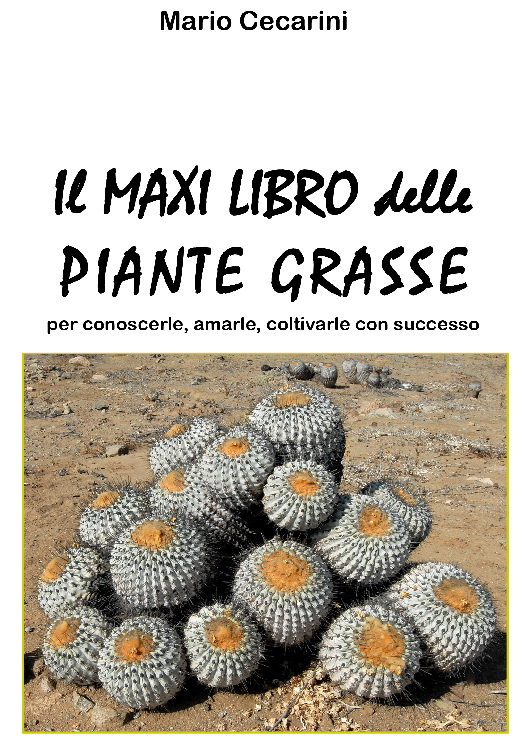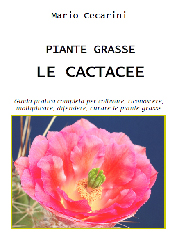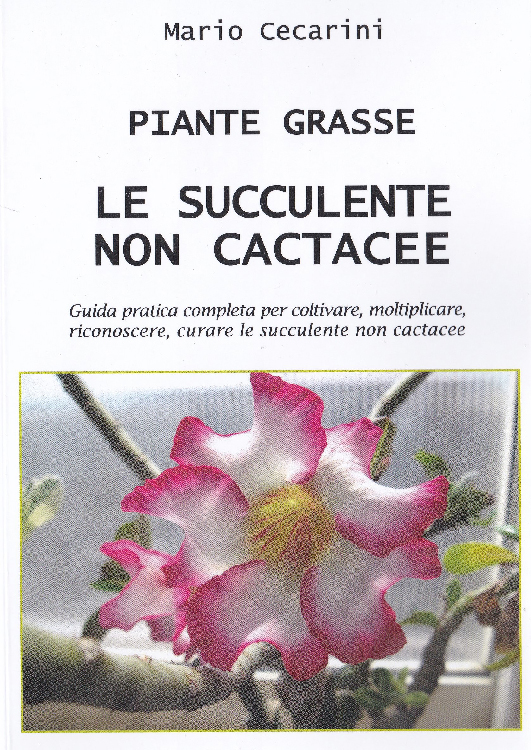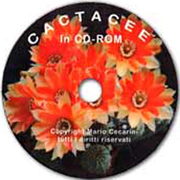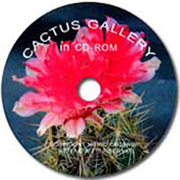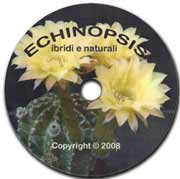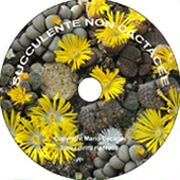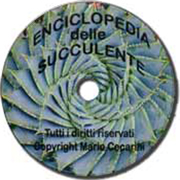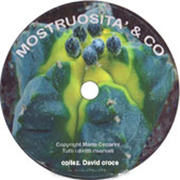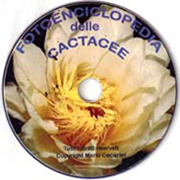Habitat: deserts of Peru and Chile.
Description: these spherical cacti have approximately forty ribs with tough spines. Pink or purplish pink flowers appear once the plant has reached maturity, that is to say after 15 years or so. The genera Islaya, Neochilenia, Neoporteria, Pyrrhocactus have recently been grouped under this genus.
Soil: mineral mix.
Location: choose a very bright site.
Temperature: the minimum temperature should not drop below 5°C (41°F).
Water: average. It’s common practice among growers to provide water carefully during the spring and the autumn while in the summer occasional spraying is enough; in the winter keep the soil dry unless water stress becomes visible.
Cultivation tips: they’re slow-growing and difficult in cultivation, due to their susceptibility to air humidity in the winter; in fact, if kept dry they may wither and die and even if given small amounts of water they’re very likely to rot. The best thing is to spray a little water every day. Their extreme delicacy is the reason why they’re usually grafted on to Echinopsis multiplex, Cereus, Opuntia. Germinating seeds is also tricky, particularly so when they have been stored for some time.
Main species of Eriosyce: Eriosyce ihotzkyana; Eriosyce aurata; Eriosyce ceratistes; Eriosyce rodentiophila; Eriosyce sandillon.




